9 window treatment mistakes designers see homeowners making time and time again (and how to avoid them)
From using pattern incorrectly to accidentally increasing the budget, avoiding these window treatment mistakes will create a much more considered, cohesive decor approach
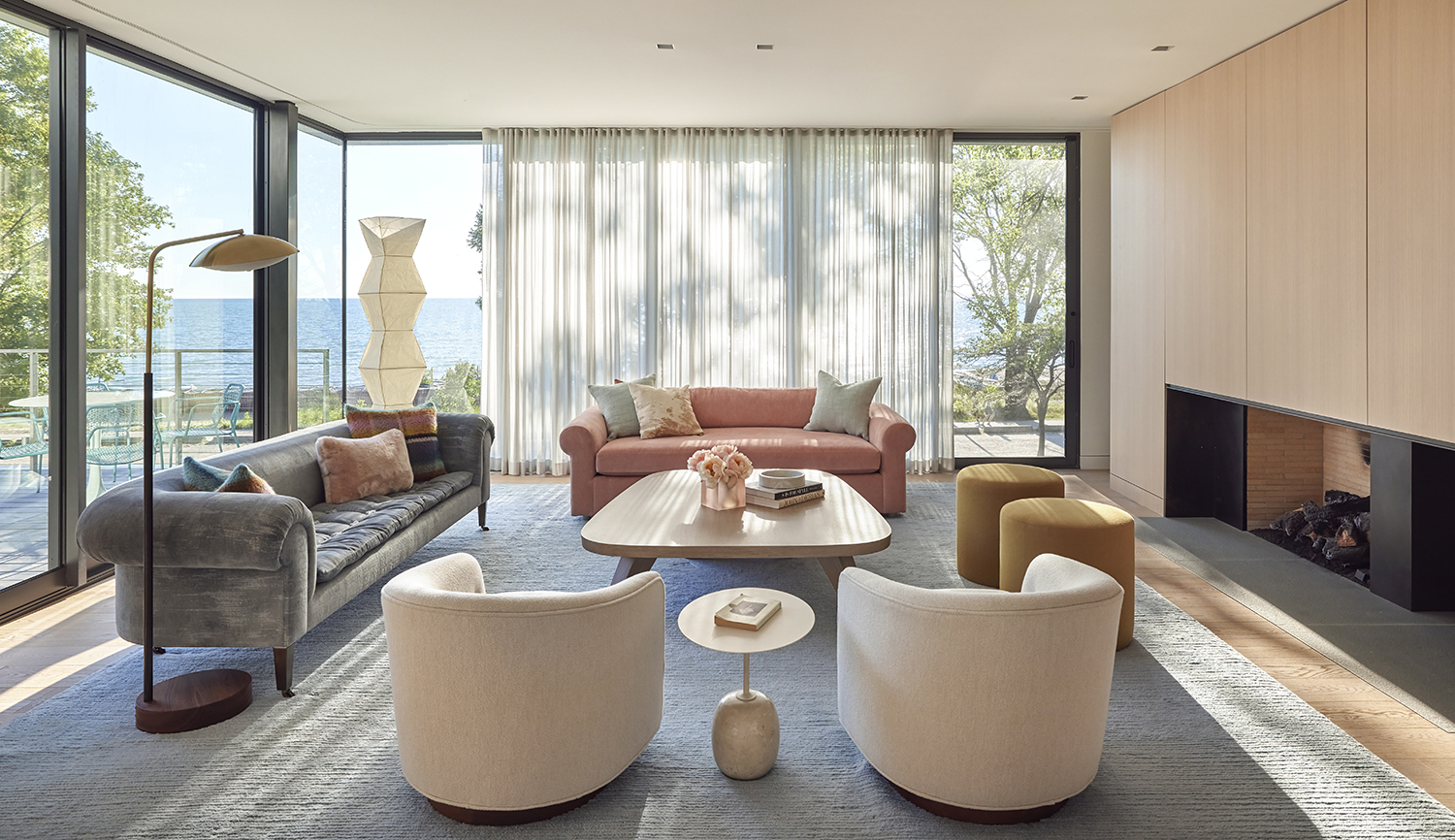
Window treatment mistakes are, unfortunately, quite easy to make. Because drapes and blinds tend to be chosen later in a project, when other colors and pieces have already been selected, decisions are often made when budgets are lower, creative minds are distracted and people are in a hurry to get the room completed.
'Nothing elevates a room quite like window treatments,' says the designer Ashley Ferguson. 'The right drapery selection can be make-or-break for a space, especially for a large window.'
So in order to stop you making any errors with your window treatment ideas, which can both cost you more in the long run (if you need to redo) or can ruin the way a room comes together. Ashley and a host of other interior designers have shared their advice for getting window treatments right, the little tricks that can end up making a big difference.
1. Approaching installation wrongly
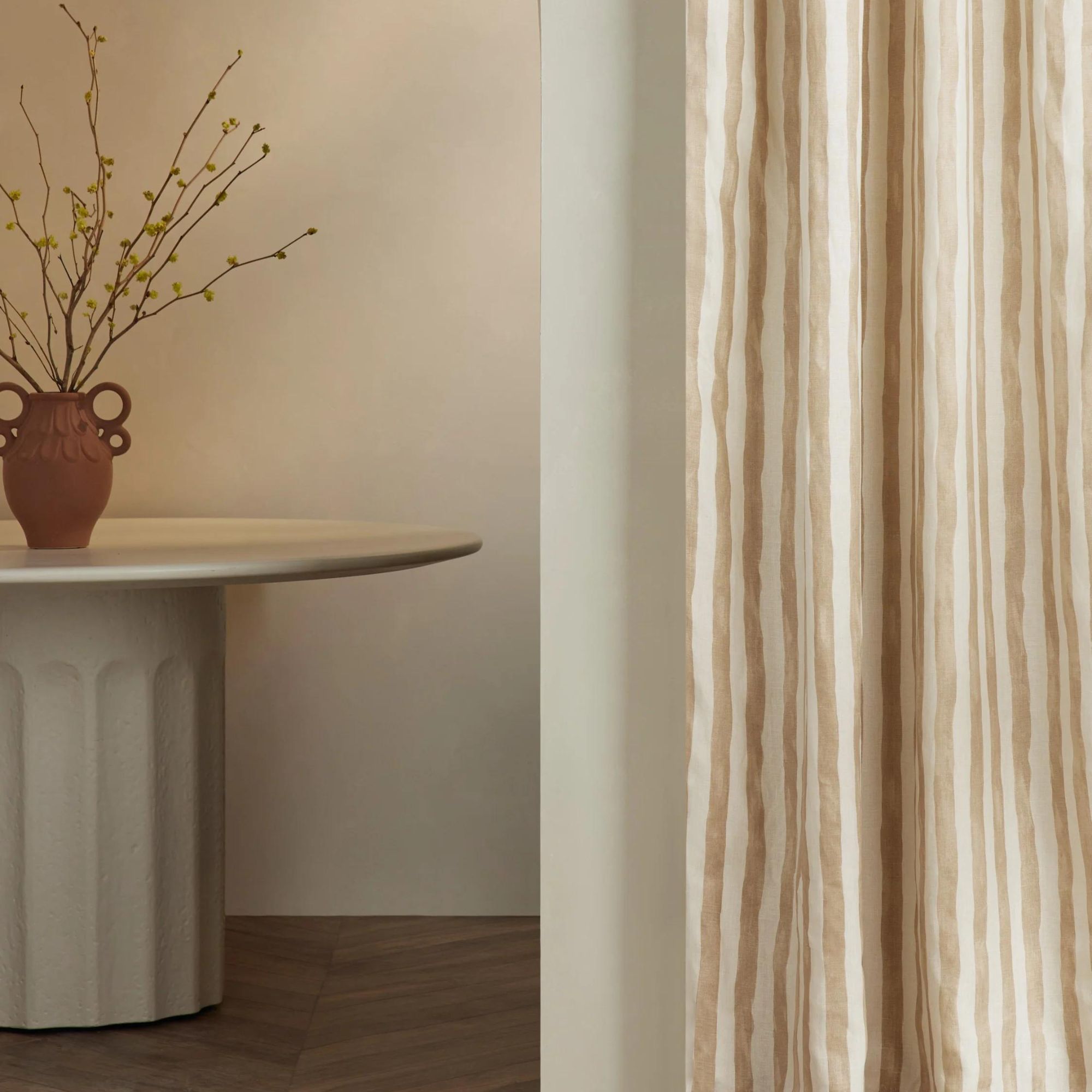
When it comes to measuring up for window treatments, there is a right way and wrong way – and the right way might surprise you. And in fact, if you approach the installation of your window treatments in the way that the interior designer Olga Ashby suggests, you'll find it's much easier to ensure the perfect measurements and avoid costly mistakes.
'Everyone is always in a rush, but we always install the curtain poles and curtains separately,' Olga says 'When the pole is installed we measure up a precise drop and adjust the curtains accordingly.' Measuring the curtains without the pole in place will give you a difference of about one inch – which can actually make a surprisingly large impact on the overall look.
2. Getting the width wrong
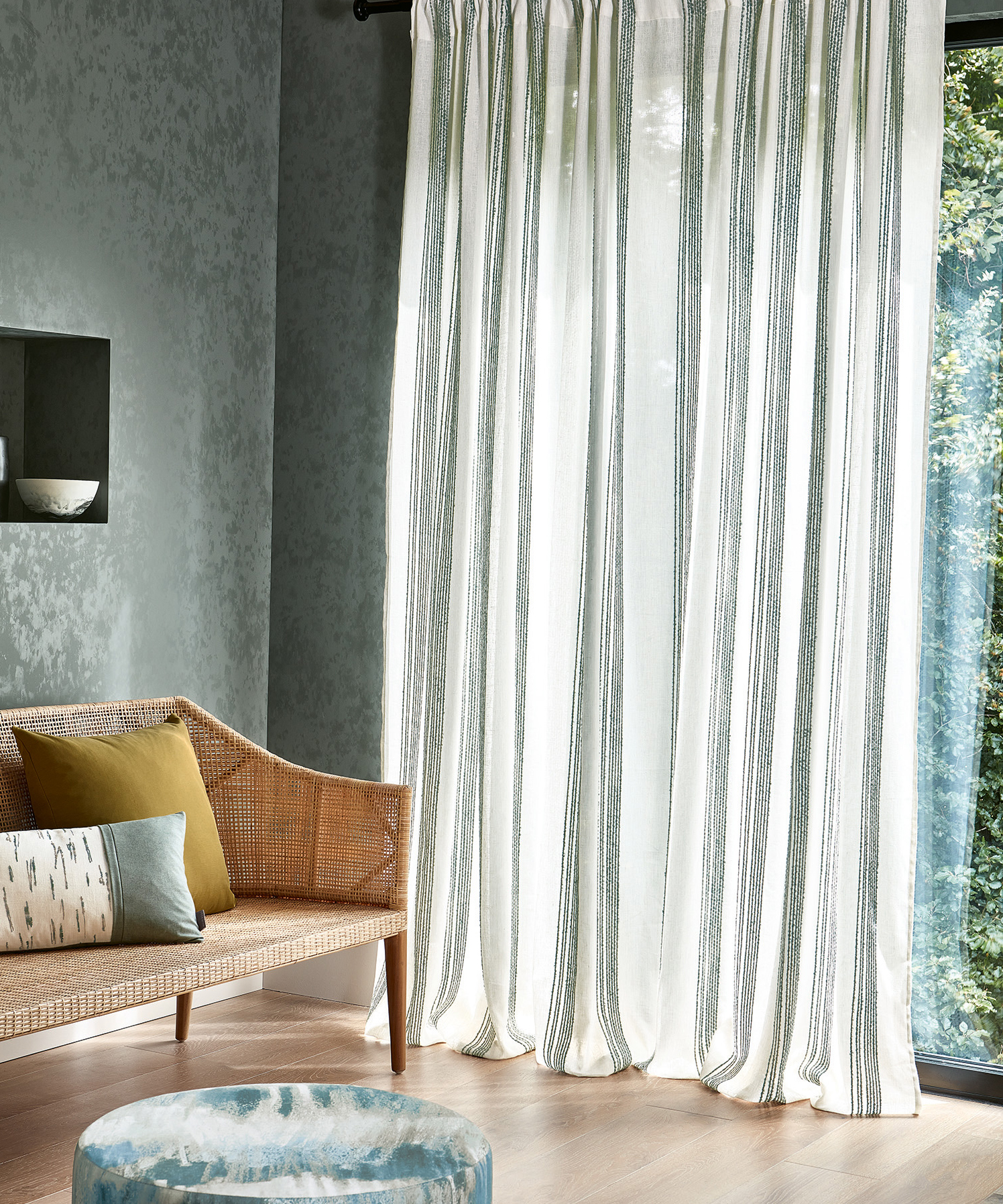
There is an easy equation to measuring up the width of the fabric needed for window treatments, too, and Olga Ashby is on hand to supply it.
'In terms of width, we normally hang the outside of the curtains eight to ten inches further out than the window itself and then make sure they cover two inches of the window itself, which hides the window frame. This way, you get a nice pillar of around 12 inches of fabric on either side of your window treatment.'
Design expertise in your inbox – from inspiring decorating ideas and beautiful celebrity homes to practical gardening advice and shopping round-ups.
3. Making the window look smaller
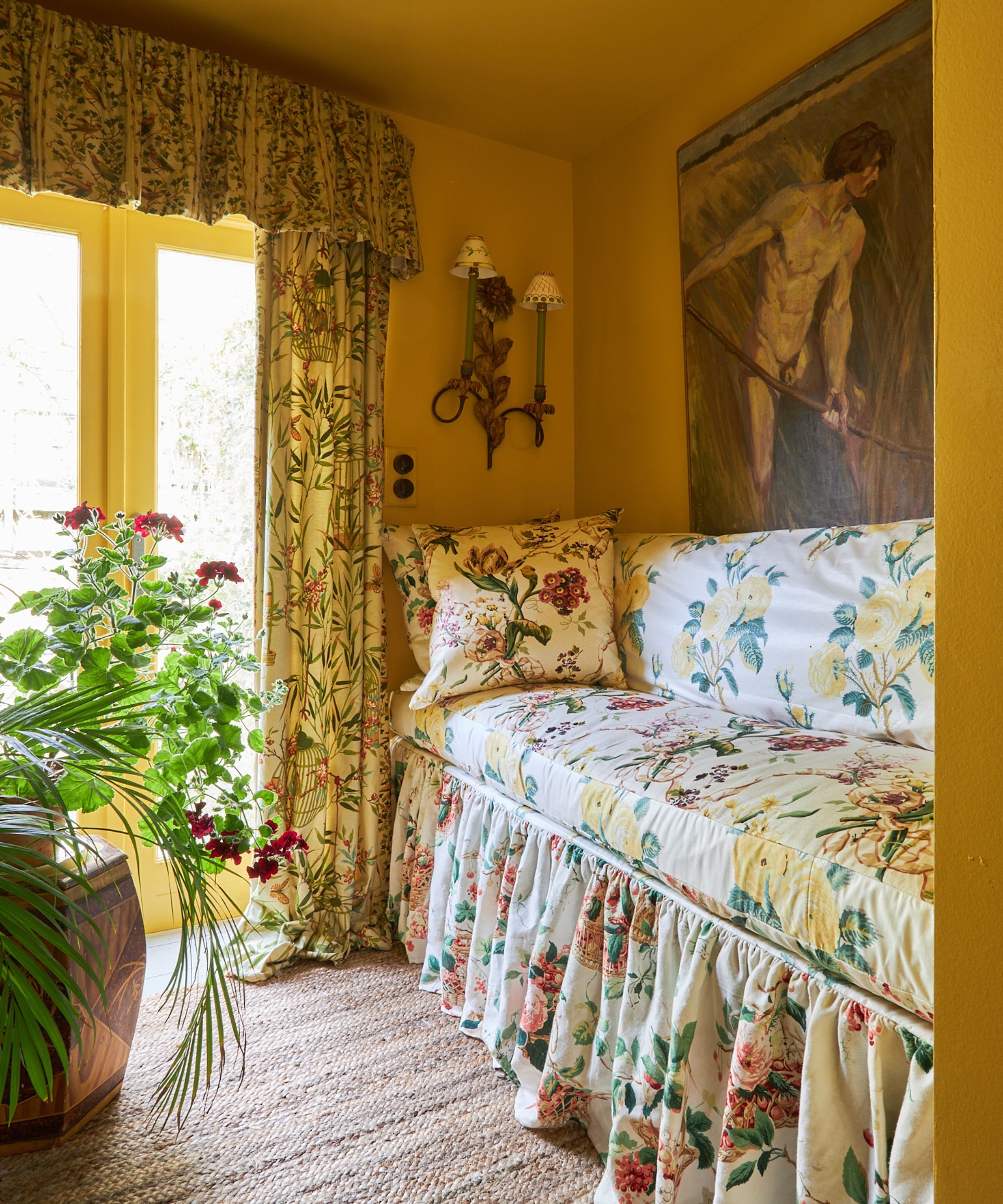
When chosen wrongly, a window treatment can actually make the window it's hung against look smaller, thereby making the room feel darker and more cramped. Quite a big effect for a swathe of fabric!
'A tried-and-true tip is to hang the drapery taller and wider than the window to create the illusion of a more open, airy space,' says the Austin, TX.-based interior designer Ashley Ferguson. 'This will also give the window treatment a very sophisticated and tailored feel.'
4. Scrimping on the quality
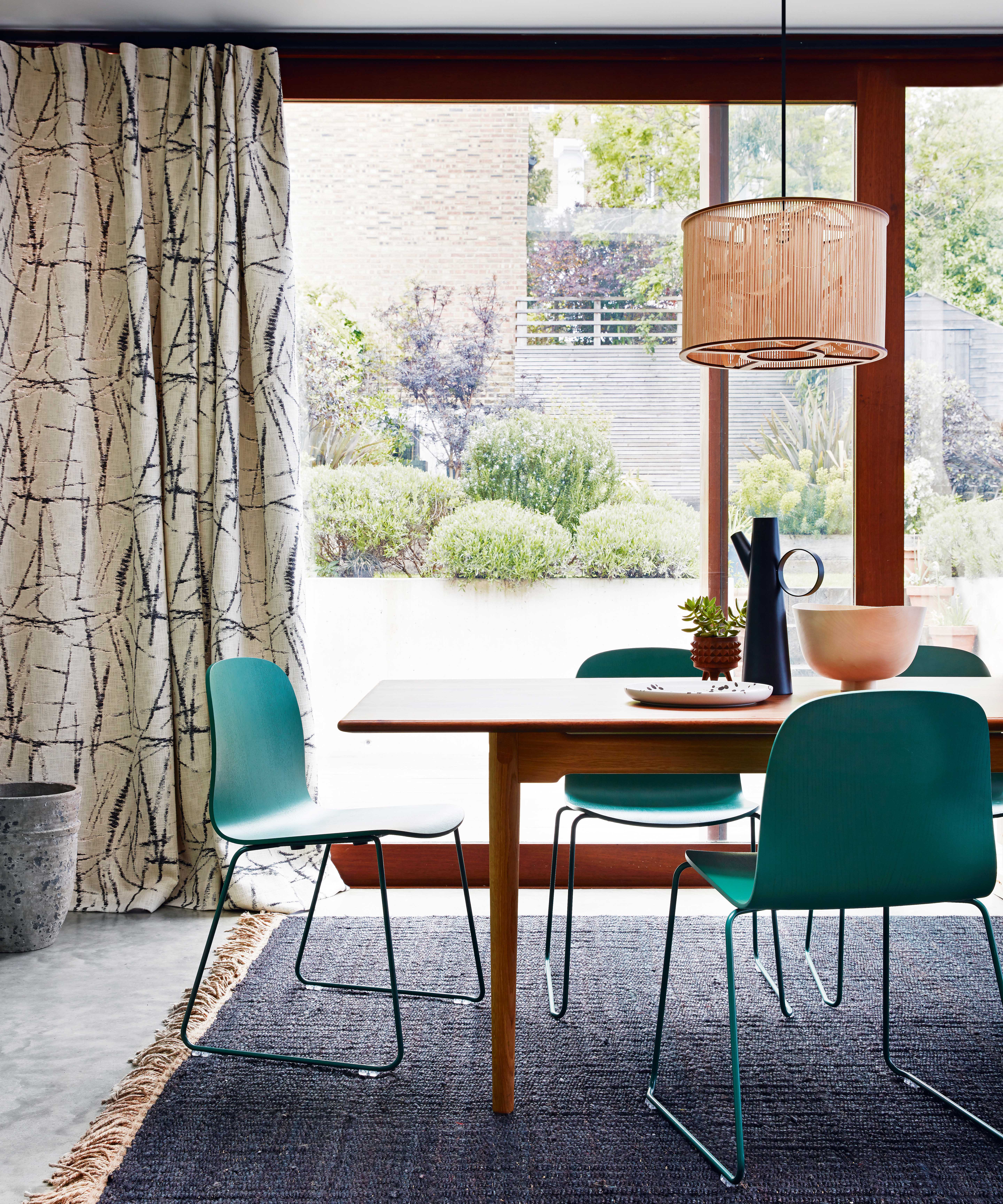
As curtains are often a finishing touch, chosen after much of the rest of the room has been designed, they often come when much of the budget has been spent. This means it can be tempting to scrimp on them, in order to claw back some money that was unexpectedly spent elsewhere.
But Olga says this is a false economy, and can quickly lead to shrinkage, or even stretch. All those carefully made measurements gone to waste. 'It is important to choose the fabric which wouldn’t stretch over time, though it can shrink if it is hung over a radiator,' she says 'So we only shop for good quality fabric.' 100% cotton is a good choice, being both durable and washable, prolonging the life of your window treatments.
5. Accidentally increasing the budget
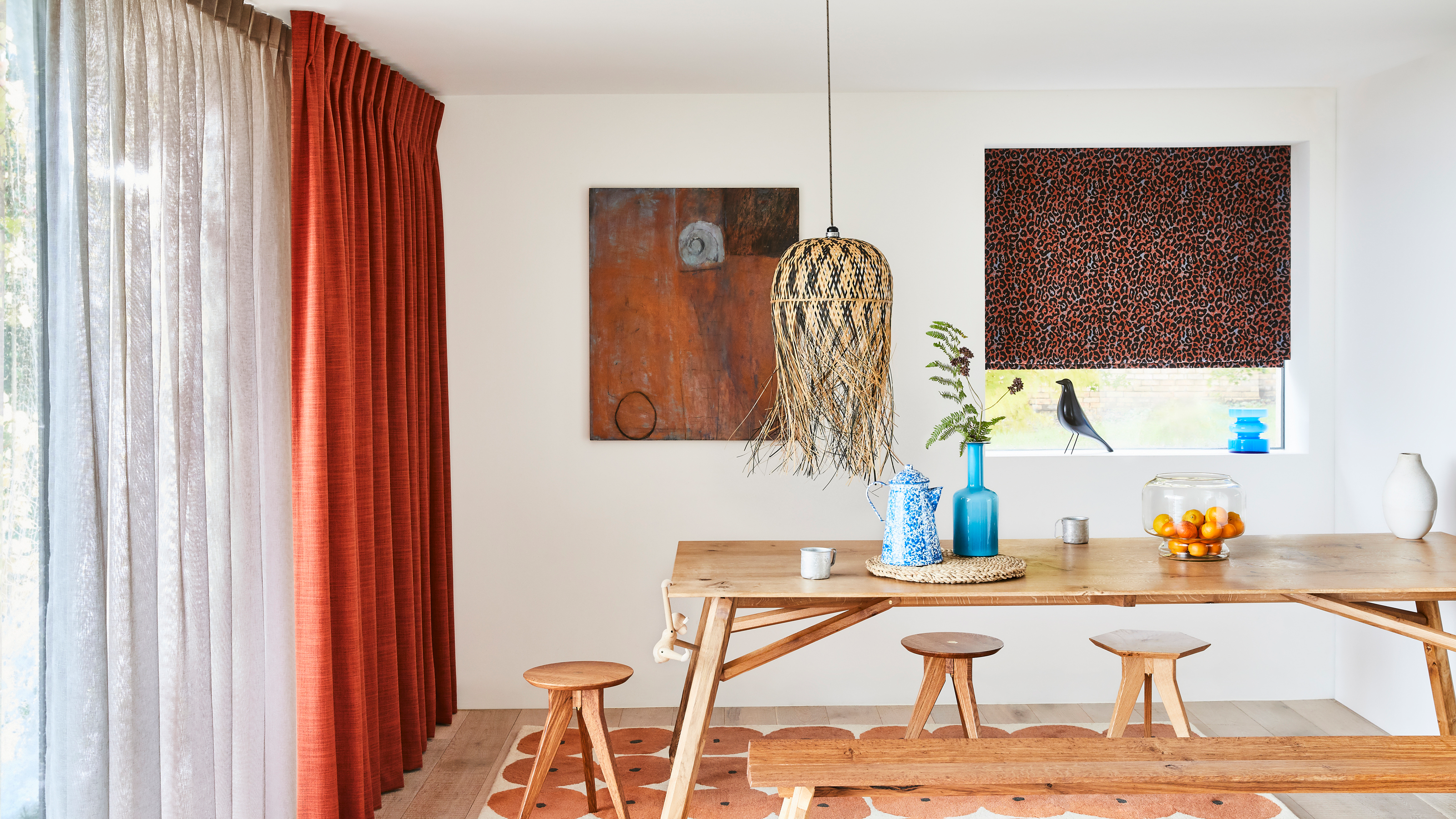
While on the subject of budgets, the wrong window treatment can actually up your spend considerably – either because you have to redo them or because the material doesn't age well.
If you are looking to save on how much you're spending, Ashley has a pro-tip. 'To save on costs, an alternative option is to use stationary panels,' she says. 'While these won't provide privacy, they will achieve the look of drapery panels and work to visually soften the room.'
6. Obscuring the view

If you're lucky enough to have a picture window, or large glass panes that look out onto an incredible view, the worst thing you can do is obscure that with the wrong window treatment. At the same time, you do need to choose something, so as to deal with glare, or perhaps enhance privacy.
In this space designed by Amy Kartheiser, she went for sheer drapes which help to dapple the sunlight a little, while not totally hiding the incredible scenery outside. 'I love to think about beautiful views as a piece of art in itself,' Amy says. 'And just like designing a room around a show-stopping piece of art, I will also design a room around a beautiful view. In this lakeside project, we designed the color palette of the room around the beautiful water and sunrise visible from floor-to-ceiling windows.'
7. Using pattern wrongly
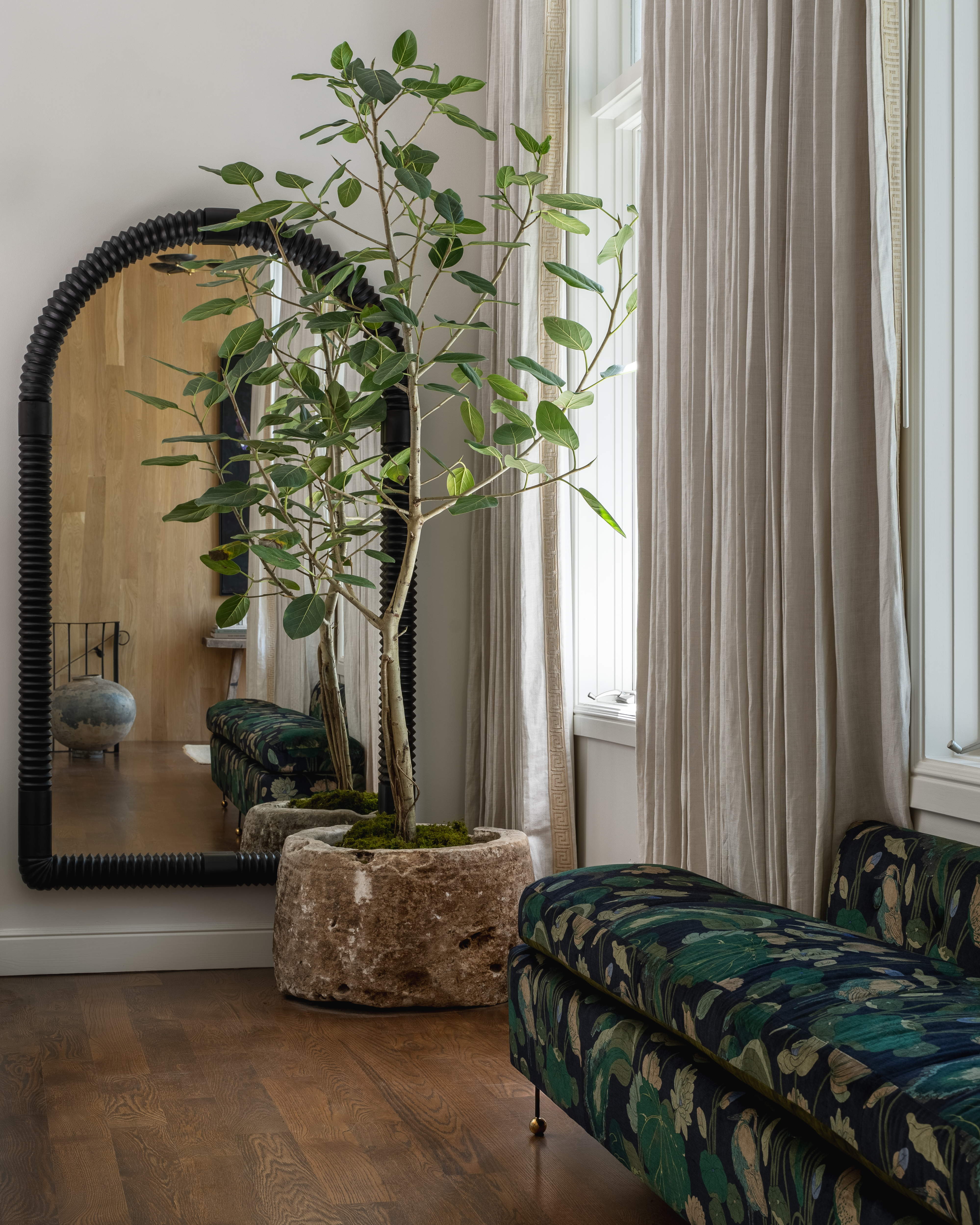
Although patterned curtains are a fun way to introduce print into a space – keeping it at the edges so as not to dominate the design – it's not advisable for every window.
'Nothing elevates a room quite like window treatments,' Ashley says 'The right drapery selection can be make-or-break for a space, especially for a large window. In this scenario, above, it's best to avoid patterns and opt for a solid-toned curtain. The drapery doesn't necessarily need to be neutral, but definitely a solid color. Busy patterned drapery on a large window can quickly overwhelm a space. Instead, incorporate some fun pattern on pillow textiles or elsewhere in the room.'
8. Creating too much of a color contrast
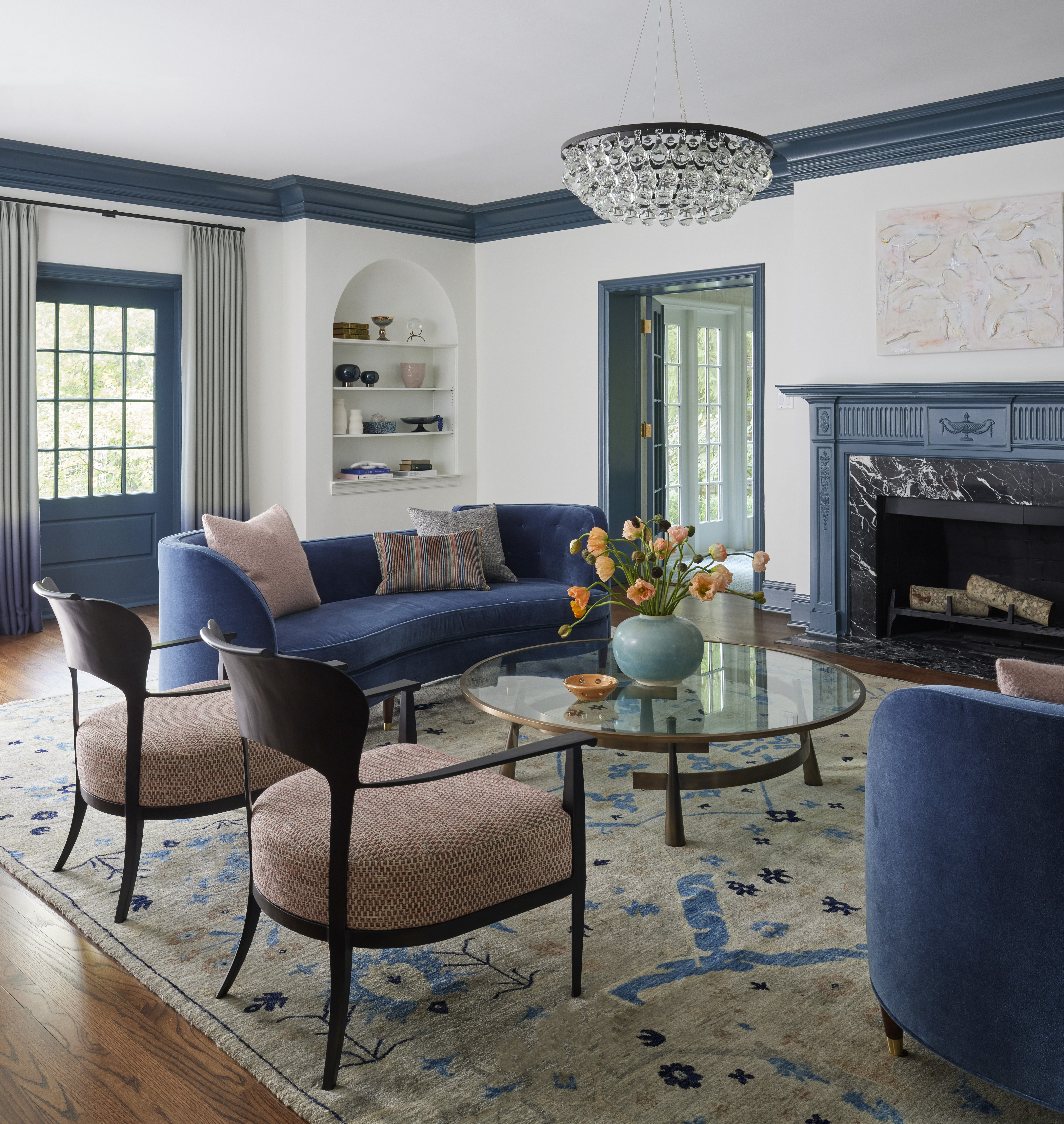
Another temptation can be to go for a bright curtain – and for a neutral room this can look well curated. But in a space that already has a lot of color in it, the result can be overwhelming.
Here, Amy chose an ombre blue effect for the curtains, but by matching that blue to colors seen on the furniture already it created a cohesive scheme.
'Neon colors such as yellow, orange or green would create a jarring visual contrast. Deep browns would feel too heavy. Burnt orange would feel too earthy and disruptive. The muted tones we chose helped create a balanced and relaxing living room,' Amy explains.
9. Forgetting a valance
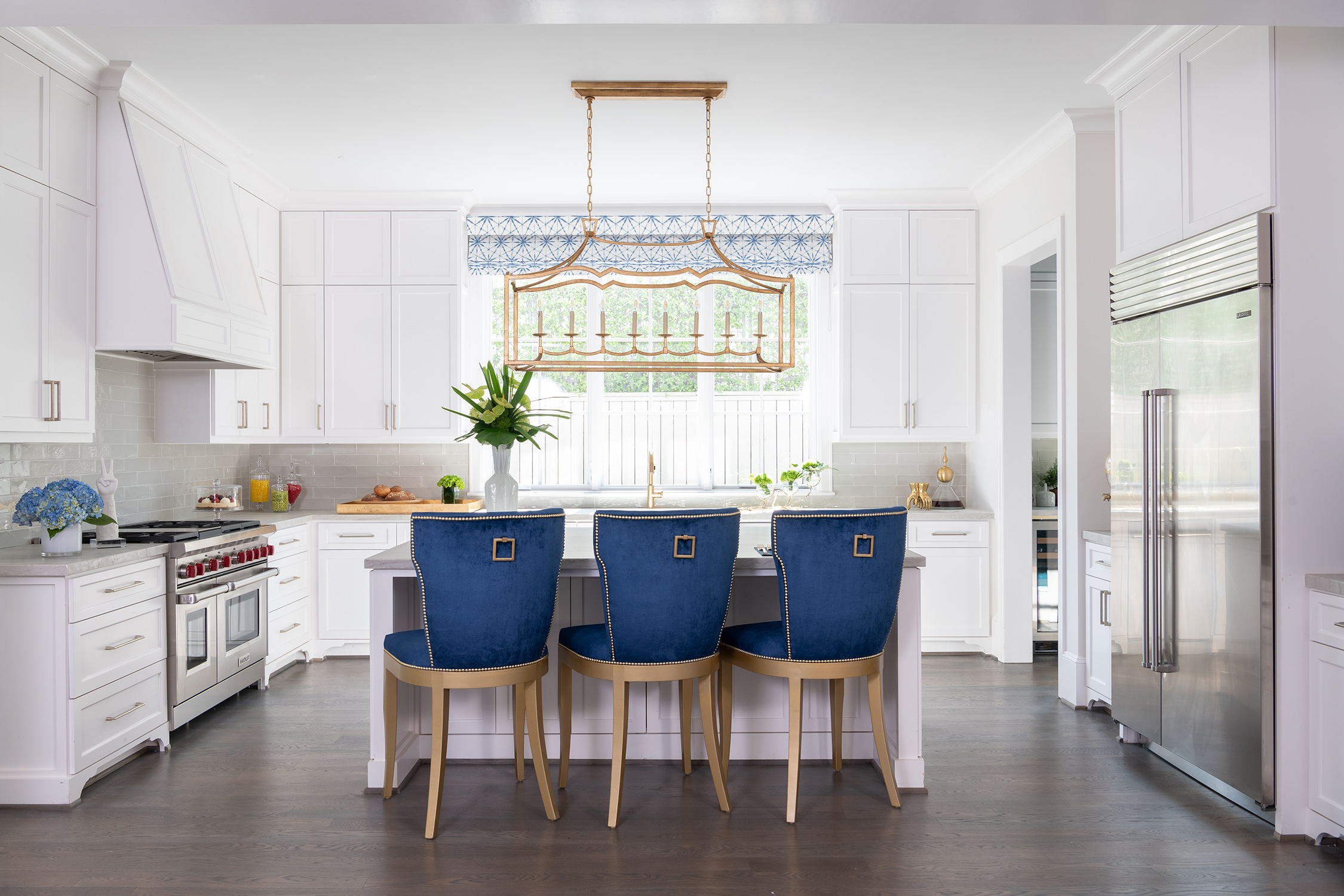
Valances tend to feel a little formal, but when used in the right space they can actually become a perfect finishing touch, a little extra addition that has the overall effect of making the room seem well-considered. Here, in this kitchen designed by Missy Stewart, choosing a valance in the same fabric has the window treatment simply creates an extra, elevated layer.
'A valance is just a great pop of color in a kitchen and ties in with the color theme,' Missy says. By choosing blue for both the window treatment and counter stools, the whole room looks so much more grown up and inviting.
Window treatment mistakes are easy to make, but easy to avoid. The key takeaways are simple; measure, measure measure, don't let your window treatments be an after-thought both in terms of style and budget and really consider what styles, colors and patterns are going to work in your space – what you put at your windows can have as much impact as the color of your walls or material of your flooring.
Pip Rich is an interiors journalist and editor with 20 years' experience, having written for all of the UK's biggest titles. Most recently, he was the Global Editor in Chief of our sister brand, Livingetc, where he now continues in a consulting role as Executive Editor. Before that, he was acting editor of Homes & Gardens, and has held staff positions at Sunday Times Style, ELLE Decoration, Red and Grazia. He has written three books – his most recent, A New Leaf, looked at the homes of architects who had decorated with house plants. Over his career, he has interviewed pretty much every interior designer working today, soaking up their knowledge and wisdom so as to become an expert himself.

